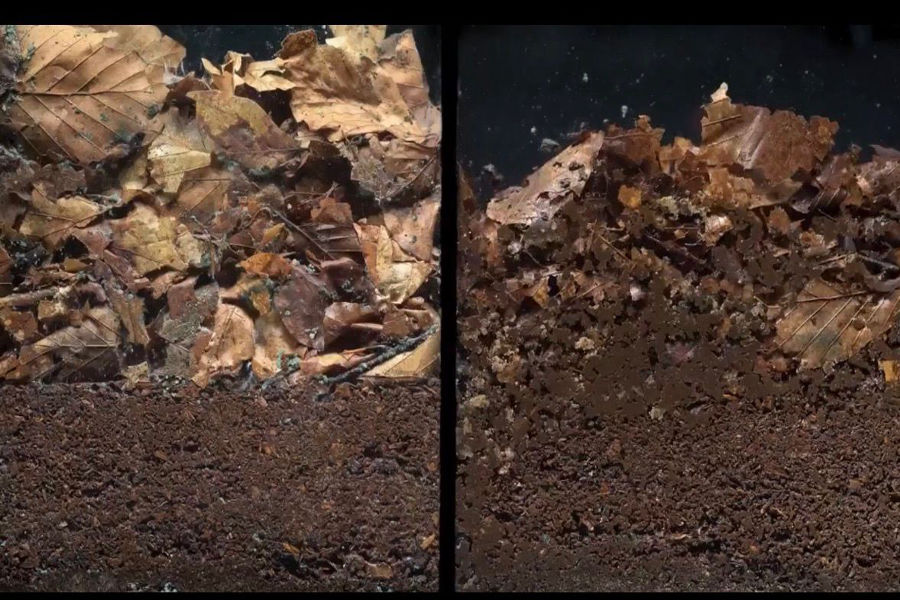Soil Without Life vs Living Soil
Soil is not just dirt — it’s a living system that breathes, eats, and supports life. But when soil loses its living components, it turns into just a mixture of sand, silt, and clay — a soil without life.
Soil Without Life
A soil without life may still look fine on the surface, but beneath, it lacks microorganisms, organic matter, and beneficial fungi. Such soil cannot hold nutrients or water effectively. Plants growing in this soil often show weak root growth, low resistance to stress, and poor yield response even after using fertilizers.
Living Soil
Living soil is rich in microbes, enzymes, and organic carbon. It hosts beneficial bacteria, fungi, and earthworms that convert unavailable nutrients into plant-available forms. These organisms create humus, improve aeration, and strengthen root health. Living soil acts like a natural factory that continuously recycles nutrients and keeps the plant nourished.
Why Farmers Should Care
Farmers who maintain living soil through compost, crop residue, bio-stimulants, and microbial inoculants often observe better yields, improved soil texture, and long-term fertility.
